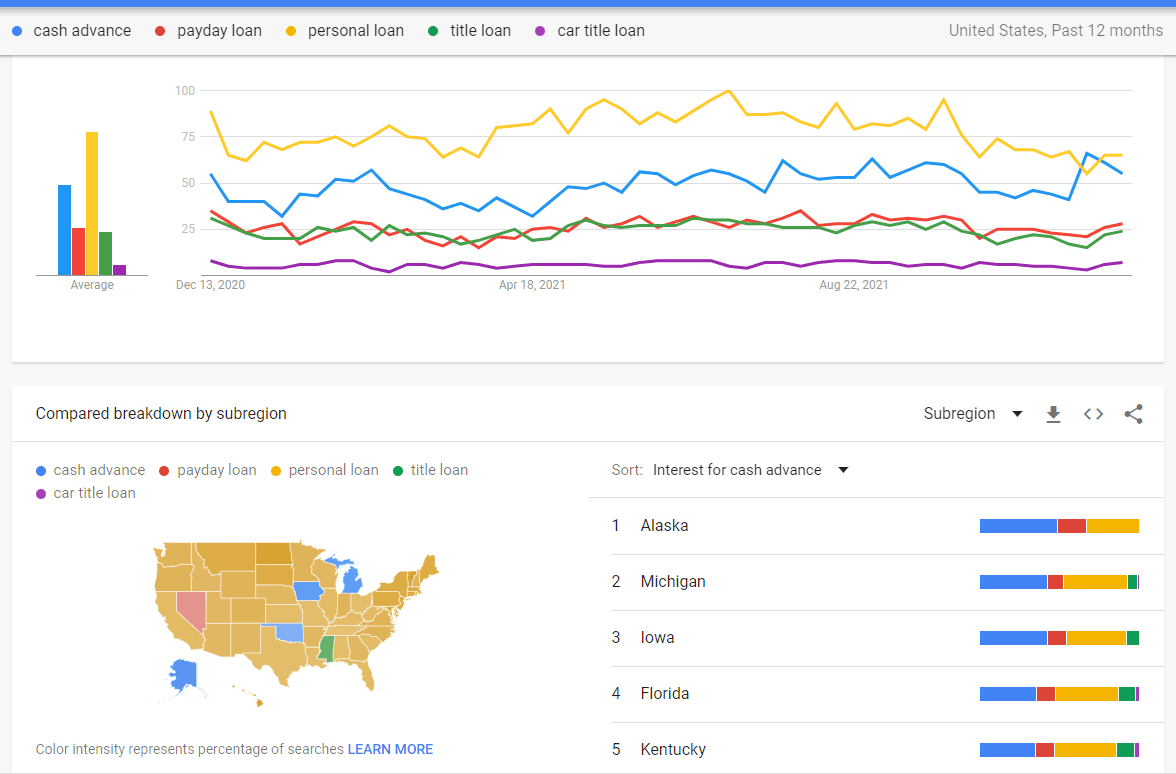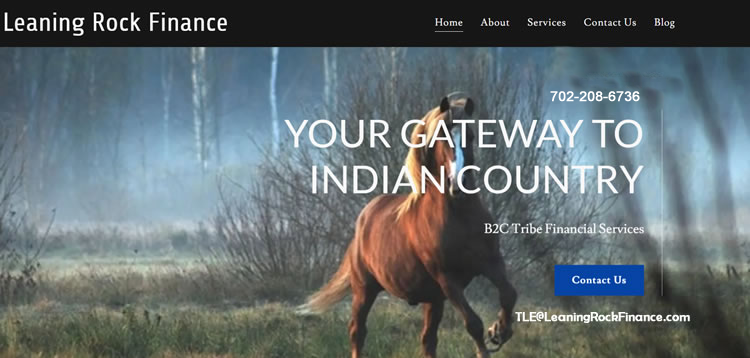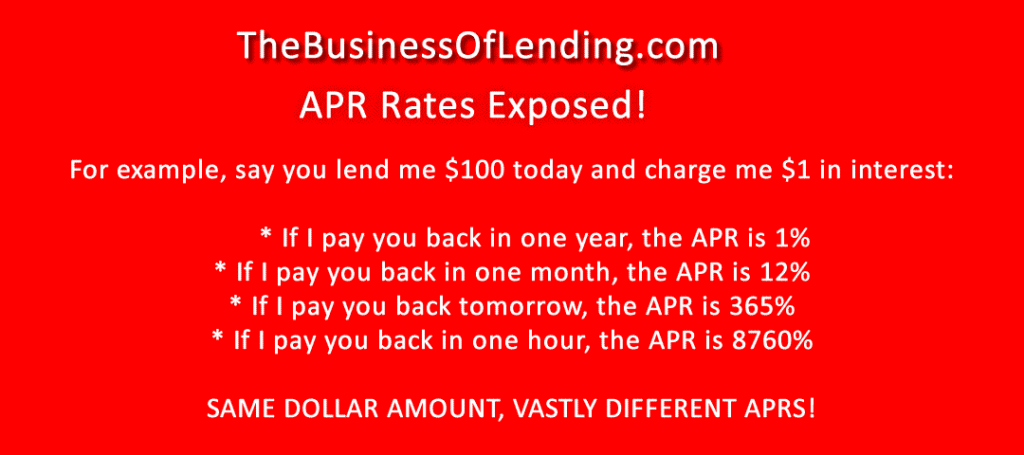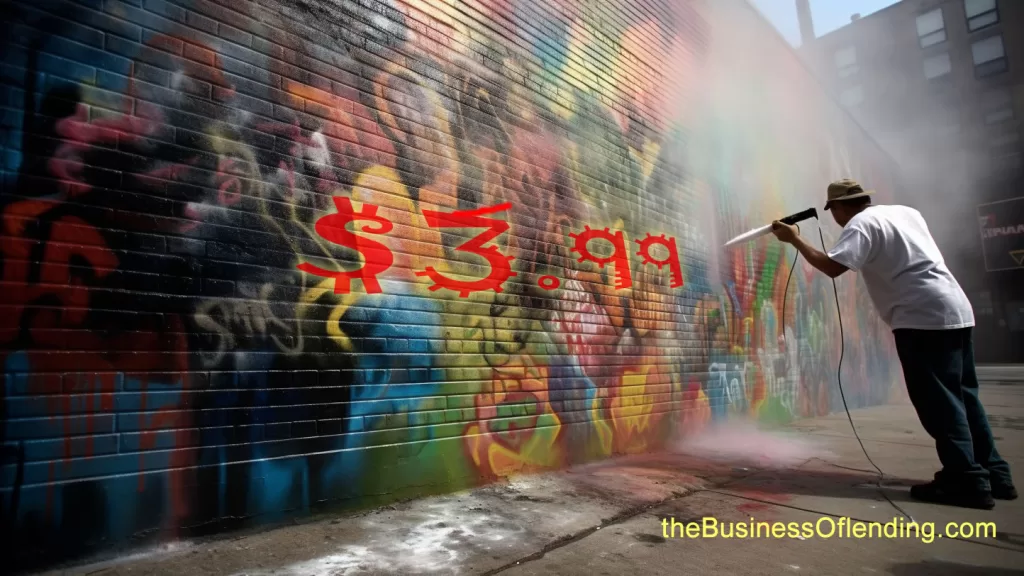AB539-California 36% APR Rate Cap: We have Solutions for Lenders – Disruption = Opportunity
Are you a licensed California Finance Lender (CFL) title loan Lender? Are you concerned about AB539?
Are you funding California car title loans? We can show you how to start/remain in the business of Title lending following the passage of California AB 539.
California AB539 forced all California title loan lenders to offer a maximum 36% APR to their borrowers effective January 1st, 2020.
Do you want to remain in business? We offer a turnkey program that will enable you to start/continue offering <36% APR title loans while maintaining a 200%+ ROI on your portfolio.
We have 2 Solutions to choose from:
- Offer CPI: “Collateral Protection Insurance” coverage to your title loan/collateralized borrowers.
- OR
- Collaborate with a federally recognized Native American Indian tribe. [ LeaningRockFinance.com ]
For the majority of California CFL licensed Lenders, Option 1 [Adding CPI to your loan transactions is the proven answer.]
CPI: The HOW and the WHY: The same way your competitors – who were actually the sponsors of AB539 and paid off the politicians – continue to earn superior ROI on their title loan portfolios! Add Collateral Protection Insurance [CPI] to all your transactions. A 100% completely legal tactic for protecting your loan collateral while enabling you to continue to serve the multitude of California residents in dire need of financial choices to solve their challenges meeting emergency expenses.
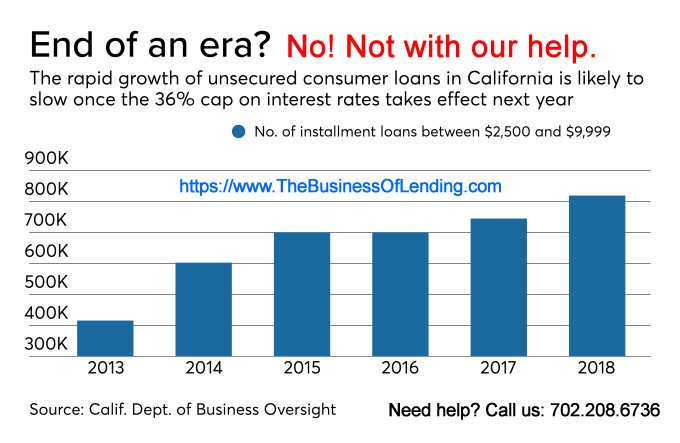
California AB 539 36% Maximum APR
Collateral Protection Insurance simply stated:
Collateral Protection Insurance, or CPI, insures property held as collateral for loans made by lending institutions. CPI, also known as force-placed insurance and lender-placed insurance, may be classified as single-interest insurance if it protects the interest of the lender, a single party, or as dual-interest insurance coverage if it protects the interest of both the lender and the borrower.
Upon signing a loan agreement, the borrower typically agrees to purchase and maintain insurance (that must include comprehensive and collision coverage for automobiles and list the lending institution as the lien holder. If the borrower fails to purchase such coverage, the lender is left vulnerable to losses, and the lender turns to a CPI provider to protect its interests against loss.
Lenders purchase CPI in order to manage their risk of loss by transferring the risk to an insurance company. Unlike other forms of insurance available to lenders, such as blanket insurance that impacts borrowers that have already purchased insurance, CPI affects only uninsured borrowers or lender-owned collateral, such as title loan lenders.
Additionally, depending upon the structure of the CPI policy chosen by the lender, the uninsured borrower may also be protected in several ways. For instance, a policy may provide that if the collateral is damaged, it can be repaired and retained by the borrower. If the collateral is damaged beyond repair, CPI insurance can pay off the loan. [In our turnkey Model, the Lender is monetized!]
THE ANSWER FOR CALIFORNIA TITLE LOAN LENDERS IN RESPONSE TO AB539?
We offer a turnkey package enabling CFLs to set up their own A1 rated, captured reinsurance company to profitably continue to fund title loans at a 36% APR AND collect monthly collateral protection insurance premiums from their customers.
Example?
Assumptions for all Scenarios:
- $5M title loan portfolio
- Average loan principal $4200
- Average monthly fees 8% of the outstanding portfolio
- 1191 title loans outstanding
Pre AB539:
- $5M X 8%/month fees = $400,000/month gross = $4.8M/annually gross fees.
Post AB539:
- 36% APR maximum fee imposed.
- $5,000,000 X 3%/month fees = $150,000/month gross = $1.8M/annual gross fees.
- Note: Federal funds rate could enable Lender to achieve approx.. 38% APR annually
Following Implementation CPI:
- <36% APR adherence maintained beginning January 1st, 2020 on all newly originated title loans.
- $5,000,000 X 3%/month fees = $150,000/month gross = $1.8M/annual gross fees.
- Achieve a significant increase in market share. [Your competition has thrown in the towel.]
- Comprehensive and collision premiums are now paid to Lender and;
- Underwriting profit transferred to Lender’s related A1 rated [Typically Berkshire Hathaway or equivalent] captured Reinsurance Company!
- Assume – worst case – 60% CPI penetration rate.
- [That is, 60% of your title loan customers secure Collateral Protection directly from your captured Reinsurance Company. Thus, 1191 title loans X 60% = 715 CPI accounts.
- Assume average CPI payment is $100/month. [This varies depending upon your CSR’s skillset & training, the market you serve, customer’s ability to repay, the collateral…]
- 715 customers X $100/month = $71,500/month = $858,000/annually CPI premiums.
- Assume 30% payouts in “claims” [Our model is a $500 deductible] annually.
- $858,000 X 30% = $257,400 annually [NOTE: The majority of these $$$ paid to Lender.]
- $858,000 X 70% = $600,600 in CPI premiums remain in Lender’s Reinsurance company. These funds can be “borrowed” by the Lender at 1% – 2% and used for any reason. Or, Lender can choose to take distributions and pay capital gains.
BOTTOM LINE with Implementation of CPI in Calif Post AB539:
- $1.8M annual gross fees at <36%
- $600,600 net annual in CPI premiums
- $257,400: Likely hood of the 30% in “claims” paid to Lender rather than the consumer.
- The ability to continue to serve the California title lending market thereby achieving a significant increase in market share. [The majority of Calif. title lenders are abandoning this market due to a lack of sophistication, savvy, and resources.]
Total Annual Revenue in this conservative CPI scenario = $2,658,000
Note: By employing our turnkey CPI program in conjunction with our counsel for creating your captured reinsurance entity, you can continue/start title loan lending in a post-California AB539 sub-36% APR environment while maintaining superior ROI, and servicing your community, your employees and your investors! The “devil is in the details.” Call or email for details: TrihouseConsulting@gmail.com and 702-208-6736 PDT. Subject: CPI. Provide your contact info and a few details about your business and situation.
By: Jer Ayles. Are you a California Lender operating per the CFL licensing model? Ready to throw in the towel, sell off your portfolio, mimic title loan lenders such as Finova Financial, Opportun, One Main…by adding CPI to your transaction OR collaborate with a federally recognized Native American Indian tribe, layoff your employees, tell the average Joe’s and Jill’s you simply can no longer serve them when they face a sudden financial emergency… Are you going to give up the business of lending money to the masses that make sense for consumers and a reasonable profit for your company?
WHAT: California AB 539 bans loans between $2500 and $10,000 with APR’s exceeding 36%. This is huge. The Bill, which became effective January 1st, 2020, enforces a maximum APR rate of 36%, plus the Federal Funds rate, on loans of $2,500 or more but less than $10,000. Other changes include a minimum loan term of 12 months to promote reasonable repayment schedules and a requirement that prior to disbursing loan proceeds credit score resources be provided to consumers to assist them in better understanding the importance of a credit score and how it can be improved.
WHY: A $100 loan for 12 months yields the Lender $36.00 PER YEAR! Lenders cannot pay to acquire customers, pay their rent, pay their employees, process loan applications, spend capital on radio, TV, direct marketing, Google, Facebook, Instagram… process the loan applications [production costs] they secure via all these efforts… And then attempt to collect their hard-earned money by reaching out to customers by phone, text, letters…
RESULT: California loans of less than $4,000 – $5,000+ WILL NO LONGER BE OFFERED to consumers with “shitty credit.” That’s life!
Consumers with poor credit, thin files, maxed credit cards, friends and families in the same boat, communities of color, low wage earners, Latino owned businesses, even the President of the NAACP said his constituents… “cannot qualify for a short term small-dollar loan ANYWHERE in California!” [Except perhaps from an illegal, unlicensed loan shark, by pawning the stuff in your garage, knock you over the head while you dodge the needles and excrement in the streets of your city, outrun the tent cites along your bicycle trails…
BANKS and CREDIT UNIONS [CU’s are non-profits and do not pay taxes by the way] DO NOT WANT TO SERVE THESE BORROWERS! “It’s expensive, a hassle, and they do not pay back their loans in a timely fashion,” said a banker at Lend360!
It’s a FACT: 70% of U.S. residents cannot access $1000 cash when facing a financial emergency. Nearly 50% of U.S. households cannot access $400 cash! Where are these ordinary Americans supposed to get their hands on fast cash to keep on the lights, pay for their kid’s prescription, fix the car so they can participate in the gig economy, or serve you your Big Mac?
READ ON! This may be a long read BUT it will save your business, your investment, your employees, your customers, your landlord, your life’s work and contribute to the tax base enabling our elected officials to continue to abuse all Americans!!
Are you aware that the “big boys” sponsored AB539? They spent huge sums of $$$ on PACs and politicians in California to make certain all of us “little guys” cannot compete? Do you know that this 36% APR cap calculation does not include ancillary fees such as non-refundable loan origination fees, credit insurance [that only subsidizes the Lender and consumers must pay again each time their loan is renewed], club memberships, life insurance, accident, health, and disability insurance, involuntary unemployment insurance, property insurance, “nonfiling” fees, accidental death & dismemberment insurance, automobile security plans… MY Point? THE ALL IN APR – annual percentage rate – our sub-prime borrowers pay is HIGHER than the stated APR on their loan contract.
Guess who just a few of these “Big Boys” are:
Why? They implement a “loan packing” strategy. They add on all the “ancillary” products I mention here; none of which benefit the borrower!
Example? “Credit insurance premiums” are paid ALL UPFRONT! Credit insurance increases the cost of consumer borrowing by 33% while providing ZIP benefits for consumers. And again, these fees are NOT included in APR calculations!
THE REAL WORLD: A stated APR for a nine-month loan, $511 is 43% but the “ALL-IN APR” is 138%! Why? How? Because the so-called “big boy” PAC & politician enabled installment lender charges “credit insurance” with this loan and finances the lump-sum premium payment – $203. Thus, the amount financed increases from $511 to $714 and results in a 138% APR!
Do you know 10M+ US residents take out loans ranging from $100 – $10,000 and pay more than $10 Billion dollars in fees?
Do you know that banks and credit unions make the majority of their profits on NSF fees? They hate small-dollar lenders; unless of course they can provide $300M credit lines to the very lenders who sponsored AB539!
It’s CRIMINAL!
Smaller loans <$2500 MUST HAVE higher APR’s The operating costs for a Lender serving the sub-prime are simply TOO high. The fixed costs for a $500 loan are the same as for a $2500 loan! Upfront and customer acquisition costs are a much smaller share of the revenue from a $2500 loan vs a $500 loan.
California AB539: 36% APR Rate Cap = Devastation = Disruption = Opportunity
By now, the thousands of you who follow my rantings know that the Calif. Department of Business Oversight has begun enforcing the 36% APR rate cap [AB-539] on consumer loans between $2500 > $10,000. This bill impacts both title loans and personal, noncollateralized loans.
What’s this mean? 70% – 80%+ of the Lenders serving California consumers today will STOP funding these loans. 20 million consumers facing temporary financial hardships will have nowhere to turn to for a no-hassle, small-dollar loan FAST! 70% to 80%+ of California Lenders are shutting their doors, laying off their employees, shunning their landlord, not paying taxes… and wishing their thin-file, no file gig economy customers “SO LONG!”
DEVASTATION
Jorge Jones has a landscaping job in Los Angeles. His wife Francis works at a restaurant. Auntie, who lives 14 miles [a rent-controlled one-bedroom apt.] and 4 bus routes away, takes care of the Jones’ two kids.
Jorge’s 12-year-old Toyota pickup needs engine work. The bank turned Jorge down for a loan. Jorge’s credit card is maxed. He’s already borrowed from friends and family in the past; owes them money.
Mary, single with a 3-year old daughter, works for 2nd Chance Community Loans, a chain of 15 small-dollar loan stores in So. Calif. She knows the 1st names of all her customers, their kids’ names, their family situation… Her customers borrow money a few times per year when the washing machine breaks down, the oven takes a dive, the family car needs work…
They all live paycheck to paycheck; virtually no savings in spite of having tried. Life happens…
Carlos owns 3 strip malls. One each in Garden Grove, Santa Ana & Costa Mesa. He’s 55 years old. Worked his ass off as a carpenter, saved money, read real estate books, invested with a buddy in a run-down strip mall, refurbished it and eventually added two more. Each strip mall has the usual mix of Circle-K, a couple of restaurants, dry cleaner, a 2nd Chance Community Loan franchise…
Carlos just received “The Letter.” 2nd Chance community Loans is pulling out of California…
The Costs for Producing a 36% APR Loan
So what you say, dear reader? A $2500 loan at 36% interest is ridiculous anyway! “Good riddance to these loan sharks!”
OPPORTUNITY
My Team has invested hundreds of man-hours researching, talking and meeting with savants in “the business of lending money to the masses.” It’s been a whirlwind of action and creativity. The results? Success.
We have solutions [ancillary products, tribal collaborations, automation and fraud reduction strategies, lower CAC and FTPD metrics… for you that offer safe and profitable solutions for you to continue to serve your California communities with emergency funds! Reach out to TrihouseConsulting@gmail.com ASAP for details. We’ve invested the past 6 months evaluating and preparing for January 1st and AB539! We have assembled a Team…
Email Jer at TrihouseConsulting@gmail.com! Include details! Are you a CFL? What type[s] of loan products do you offer? Are you a storefront or internet Lender? Ballpark, how many loans/month? Average term? Avg. loan principal. Installment? Balloon? Additional “color” will move you to the front of the line… We’ll send you an MNDA and share the solutions available for your specific situation!
[Again: if you prefer to explore the tribe sovereign nation model rather than implement the CPI Model in conjunction with your own captured reinsurance company, Click Here: https://LeaningRockFinance.com DISCREET is the word.]
PS: If you plan to simply “throw in the towel, to give up… let us know! We are buyers! We are happy to take your California Market share and SCALE big time. The regulators and paid-off politicians can make the business of lending to the masses more difficult BUT they cannot regulate DEMAND away. Demand for loans by credit-challenged consumers is going nowhere but UP! We want your data, your portfolios, your IP, your websites..!
You too can “play” like the big boys! It just takes creativity, iteration, knowledge, and a little help!
Collateralized [Title] Lenders: Don’t abandon California consumers and your employees in need of your help! If you’re a title loan lender, you can remain in business by submitting to this crazy 36% APR while offering “Lender Collateral Protection” to your customers in dire need of your help while still earning a very respectable ROI. And, since the majority of your competitors are not reading this, YOU CAN EASILY SCALE and TAKE MARKET SHARE! Our 25-year-experienced Triple A-rated insurance company executive Team has a complete turn-key solution ready for you to implement in <30 days! Your out of pocket start-up costs to get up and running? MINIMAL!
Email Jer Ayles: TrihouseConsulting@gmail.com In the “Subject” = CPI. Don’t forget to add a few details about your situation, location, portfolio… DISCREET
Non-Collateralized [Personal Loan/Installment] Lenders: I have another proven strategy for you as well.
